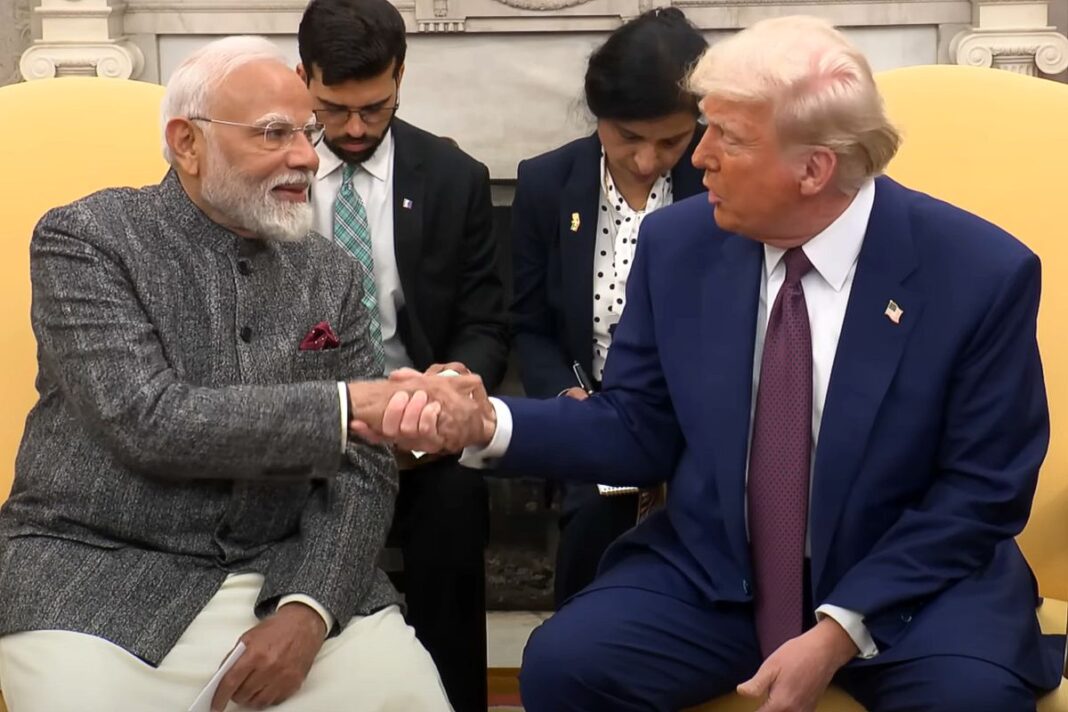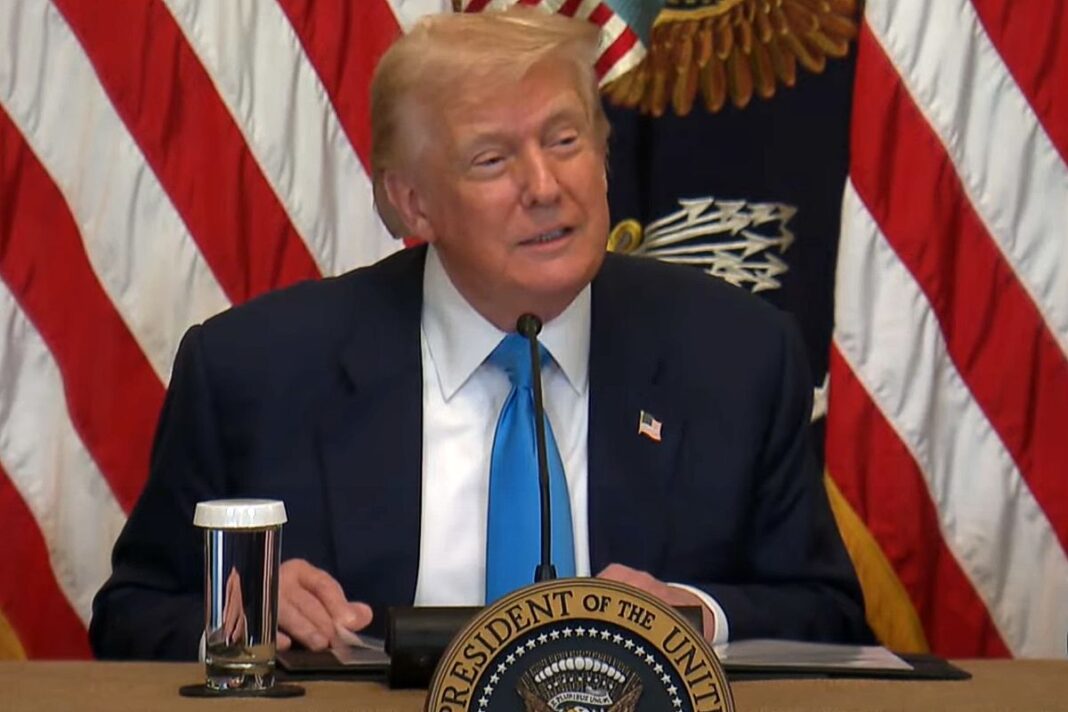The move comes after months of talks, with Trump citing steep Indian tariffs and the country’s close ties to Russia amid the Ukraine war.
President Donald Trump said on July 30 that the United States will impose a 25 percent tariff on Indian goods beginning on Aug. 1, along with additional unspecified penalties, citing the country’s high trade barriers and continued reliance on Russian energy and arms.
The announcement, made in a Truth Social post, describes India’s tariffs as “among the highest in the world,” and Trump said the extra penalties would address New Delhi’s military and energy ties to Moscow amid the war in Ukraine.
“Remember, while India is our friend, we have, over the years, done relatively little business with them because their Tariffs are far too high … and they have the most strenuous and obnoxious non-monetary Trade Barriers of any Country,” he wrote.
Trump noted that India is among the largest buyers of Russian energy, providing Moscow with resources to continue its aggression against Kyiv.
The president teased the tariff move in remarks to reporters on July 29 on Air Force One, saying that India “has been a good friend” to the United States but that the country has charged “basically more tariffs than any other country.”
Although Trump has repeatedly urged India to allow more U.S. exports, talks were bogged down over agricultural and dairy products in particular, as India resisted any move to open those sectors.
According to the latest trade barrier report from the Office of the U.S. Trade Representative, India’s tariff rates can average more than 113 percent and reach 300 percent on sensitive agricultural lines. Applied rates on farm goods average about 39 percent, and the United States has also flagged nontariff barriers such as strict dairy import certifications, non‑GMO mandates, and burdensome customs procedures that complicate market access for U.S. exporters.
“India has considerable flexibility to change tariff rates for both agricultural and non-agricultural products at any time, creating tremendous uncertainty for U.S. workers, farmers, ranchers, and exporters,” the report reads.
By Tom Ozimek








